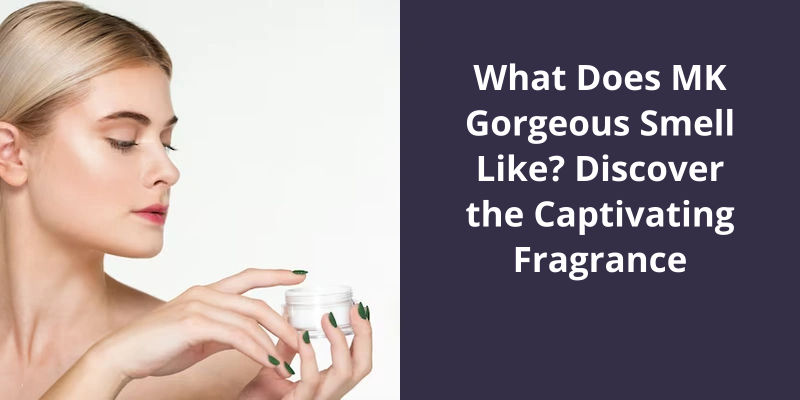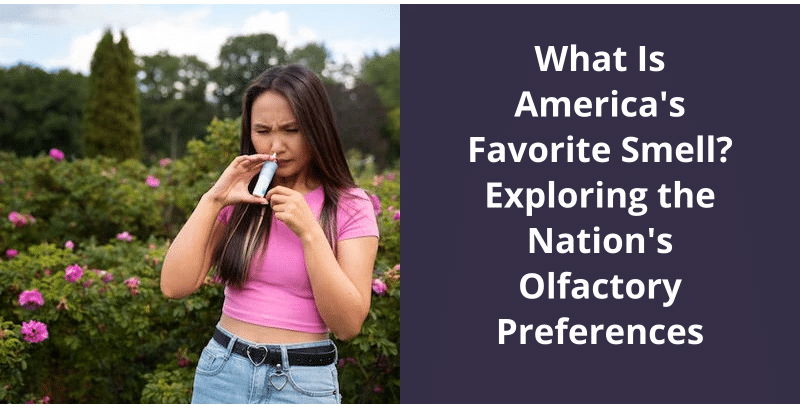These scents have a rich history deeply rooted in Arabian culture and tradition, and are an integral part of the daily lives of Arab men. Oudh, also known as oud or agarwood, is a fragrance derived from the resinous heartwood of the agar tree. Renowned for it’s strong, woody, and musky aroma, oudh has captivated the senses and intrigued fragrance enthusiasts around the world. The use of oudh and other traditional scents, such as bukhoor, has become a signature element of Arab men's grooming routine. These distinct aromas not only evoke a sense of masculinity and elegance but also serve as a reflection of their cultural heritage.

What Is the Scent Middle Eastern Men Wear?
The scent that Middle Eastern men often wear is a unique combination of sweet fruity and flowery top notes, followed by a warm and inviting blend of amber and bakhoor or woody notes at the base. This distinctive fragrance profile makes it easy to identify Arab men in a crowd just by their cologne. The key ingredient that adds depth and richness to these scents is ethyl maltol, which imparts a delightful caramelized sugar and cotton candy aroma.
Oud, a highly prized resin from the agarwood tree, is often a prominent ingredient in these colognes. It’s smoky and woody aroma adds a touch of mystery and sophistication, further enhancing the allure of Middle Eastern fragrances. This ancient ingredient has been treasured for centuries and symbolizes tradition, luxury, and opulence.
In addition to oud, other woody notes like guaiacol, sandalore, and cedar are commonly found in these colognes. They contribute to the overall complexity of the scent, providing a sense of depth and grounding. The combination of these woody essences with the sweet and floral elements creates a harmonious blend that evokes elegance and refinement.
It’s important to note that not all Middle Eastern men wear the same colognes, as personal preference plays a significant role in fragrance choices. However, the scents described above are often considered signature scents in the region due to their captivating and distinct qualities.
The significance of personal hygiene among Arabs and Muslims is deeply rooted in their cultural and religious practices. Inspired by the traditions of Prophet Muhammad (Peace be upon Him), who valued fragrances and aromatic oils, they place great importance on obtaining high-quality perfumes, bathing bars, and essential oils.
Why Do Arabs Like Cologne?
The cultural significance of fragrance among Arab men is deeply rooted in their traditions and religious practices. Personal hygiene is highly valued and regarded as a reflection of ones character and spirituality. Arabs pay meticulous attention to their grooming and often indulge in luxurious fragrances. This passion for cologne can be traced back to the teachings and actions of Prophet Muhammad (Peace be upon Him), who was known to appreciate and invest in high-quality perfumes and aromatic oils.
These fragrances often include deep notes of oud, amber, musk, and agarwood, which are unique to the Middle Eastern region. The popularity of these scents can be attributed to their long-standing history and cultural significance in Arab society.
It’s intertwined with their cultural heritage, religious practices, and personal values.
The Historical Significance of Perfumes and Fragrances in Arab Culture: Expanding on the Long-Standing Tradition and Use of Perfumes in Arab Society, Discussing the Historical Origins and Traditional Methods of Producing Fragrances in the Region.
- The use of perfumes and fragrances in Arab culture dates back centuries. It holds great historical significance and plays a vital role in the region.
- Arabs have a rich tradition of using perfumes, not just for their aromatic qualities but also for their symbolic and cultural value.
- The production and creation of fragrances in Arab society have been passed down through generations, showcasing the artisanal expertise and the importance placed on scents.
- Historically, perfumes were commonly made from natural ingredients such as flowers, herbs, spices, and resins. These materials were carefully selected and blended to create unique scents.
- The Arab world was a major hub for the trade of perfumes and aromatic materials. It’s geographical location allowed easy access to precious ingredients from various regions.
- The popularity of perfumes in Arab society extends beyond personal grooming. Perfumed oils and incenses were used for religious rituals, social gatherings, and special occasions.
- Perfumes were also used as a means of self-expression and personal adornment, reflecting one’s individual taste and identity.
- The significance of perfumes in Arab culture can be seen in ancient texts and poetry, where scents are often praised for their ability to evoke emotions and enhance beauty.
- Today, the tradition of perfumery continues to thrive in Arab countries. Traditional methods are still practiced alongside modern techniques to create exquisite fragrances.
- Arab perfumes are renowned worldwide for their complexity, longevity, and luxurious blends. They continue to be cherished and sought after by perfume enthusiasts globally.
The Middle East is known for it’s captivating and alluring fragrances, featuring Arabic perfumes that exude opulence and intensity. These scents often revolve around a strong oud base, complemented by a symphony of fruity and floral top notes. Brands like Al Haramain, Swiss Arabian, and Arabiyat Prestige have gained popularity for their exquisite Arabic fragrances, delivering an enchanting olfactory experience.
What Fragrances Are Popular in the Middle East?
Arab men have a strong affinity for fragrances, and their choice of colognes reflects their rich cultural heritage and the unique aromatic traditions of the Middle East. In the realm of Arabic perfumes, enchanting scents abound, offering a distinctive olfactory experience that sets them apart from Western fragrances.
One such scent is Oud, a prized ingredient in Arabic perfumery. Oud is derived from the resinous wood of the agar tree, known for it’s deep, woody, and resinous character. These colognes often feature an elegant bouquet of fruity and floral top notes, further accentuated by opulent touches such as saffron and rose. Oud-based colognes are highly sought after by Arab men due to their rich and long-lasting nature.
Al Haramain is a renowned Arabic fragrance brand known for it’s exceptional oud-based colognes. Swiss Arabian is another esteemed brand that offers a diverse range of colognes tailored to suit Arab tastes. Their fragrances often intertwine oud with other luxurious ingredients like amber, musk, and spices, creating aromatic symphonies that resonate with Middle Eastern sensibilities.
Arabiyat Prestige is a standout brand that showcases the epitome of luxury in Arabic perfumery. Their colognes combine the finest natural ingredients, including oud, with contemporary accords. The result is a collection of seductive, soul-stirring scents that elevate the wearers presence.
Middle Eastern Fragrance Notes: Highlight the Unique Scent Profiles Commonly Found in Middle Eastern Fragrances, Such as Warm and Spicy Notes Like Cardamom, Cinnamon, and Cloves, and Discuss How They Contribute to Creating a Distinct Aroma.
- Cardamom
- Cinnamon
- Cloves
Source: Best Middle Eastern Fragrance Houses & Arabic Perfumes
Watch this video on YouTube:
Conclusion
It’s rich and enchanting aroma, often described as warm, woody, and slightly sweet, has become synonymous with luxury and sophistication. Arab men also appreciate the captivating allure of bukhoor, a traditional incense blend typically made from oudh, sandalwood, and various aromatic resins.





